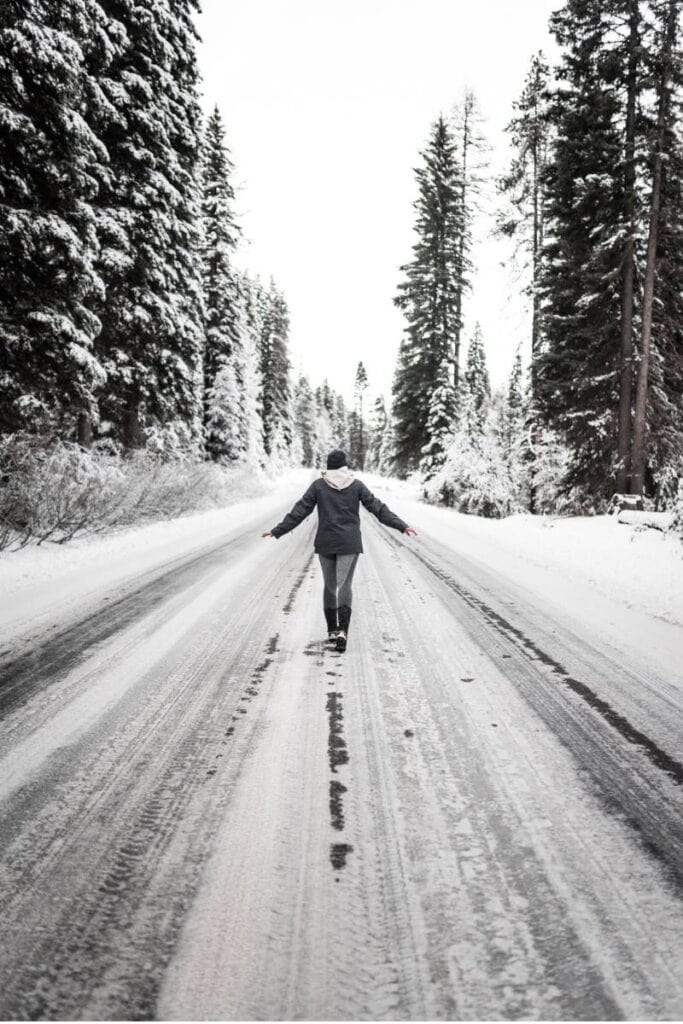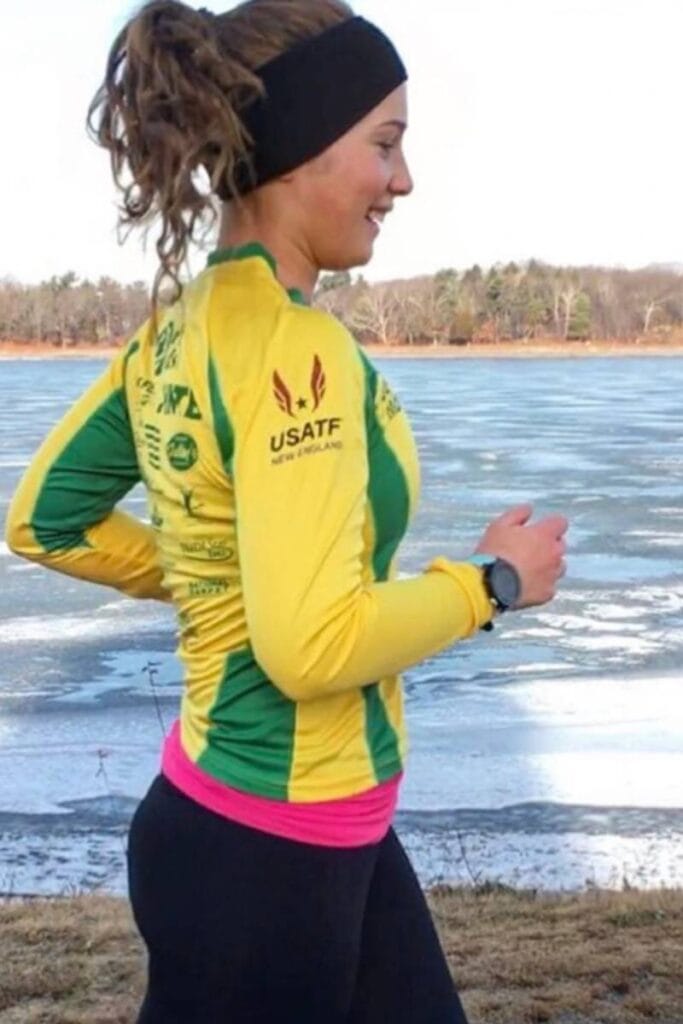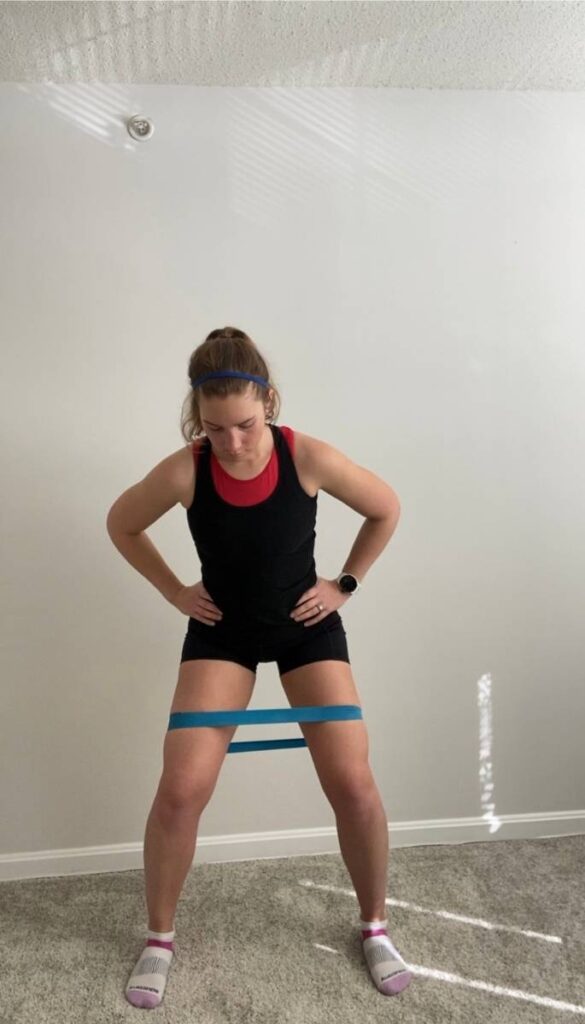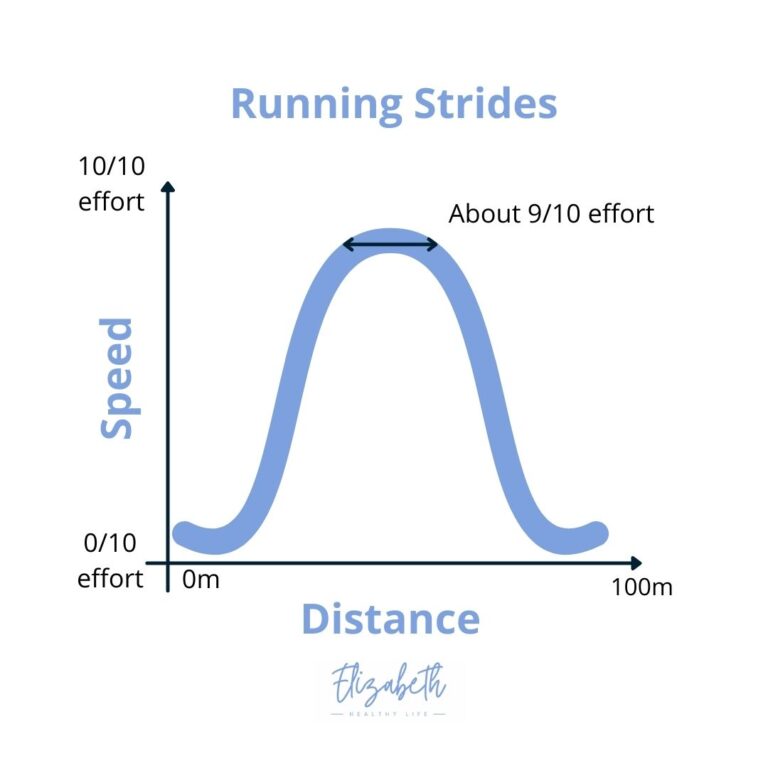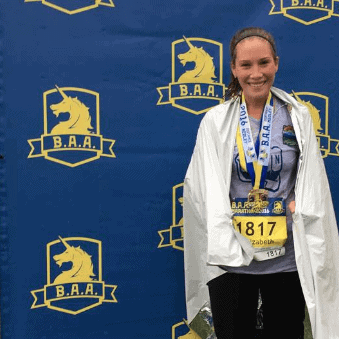How to Master Cold Weather Running
Learning how the cold weather affects our running is key to becoming stronger and better runners overall. If you master these five guidelines, you’ll likely have a successful winter of training.
5 Principles for Mastering Cold Weather Running:
1. Wear the appropriate clothing and gear.
First, with a change in season comes a change in our clothing and gear. Make sure you’re dressed appropriately for the weather and conditions before starting your run.
Read here for a breakdown of my favorite winter running gear and accessories.
2. Run outside when it is safe to do so.
Secondly, if you can run safely outside, take advantage of this! Not only will you be getting fresh air, but your mentality will strengthen and you’ll conquer any varying terrain. Because running outside in winter is more challenging than in other seasons, taking a few extra minutes to prepare is important.
Keep these things in mind when you’re heading out the door for a run.
3. Run on the treadmill if you need to.
Remember, the treadmill is a tool in your toolkit! If inclement weather is keeping you inside, running on the treadmill is a great option to get your miles in while staying safe.
Read here for my best tips and benefits of running on the treadmill.
4. Warmup and cool down.
Next, take a few extra minutes before and after your winter runs to properly warmup and cool down. Ensuring that our muscles are warm and activated before a run can help us stay healthy and feeling strong throughout our training.
Follow this dynamic warmup routine before every run.
5. Run by RPE or rate of perceived exertion.
Finally, running off effort as opposed to pace is important year round, but especially during winter when we’re faced with tougher conditions like snow, ice, slush, wind, and mud. Let go of pace and tune into your body and how you’re feeling. Keep in mind, you want to keep each run true to its purpose and running off effort will help you achieve this.
Read how to run by rate of perceived exertion.
Download my Rate of Perceived Exertion Guide, which gives you a breakdown of your effort and how you should feel at each level.
Looking for Guidance With Running in Cold Weather?
I would love to help you train this winter! Email me at [email protected] or check out my Run Coaching Services page to learn more.
Comment Below:
What’s one thing you can do to improve your winter training?





